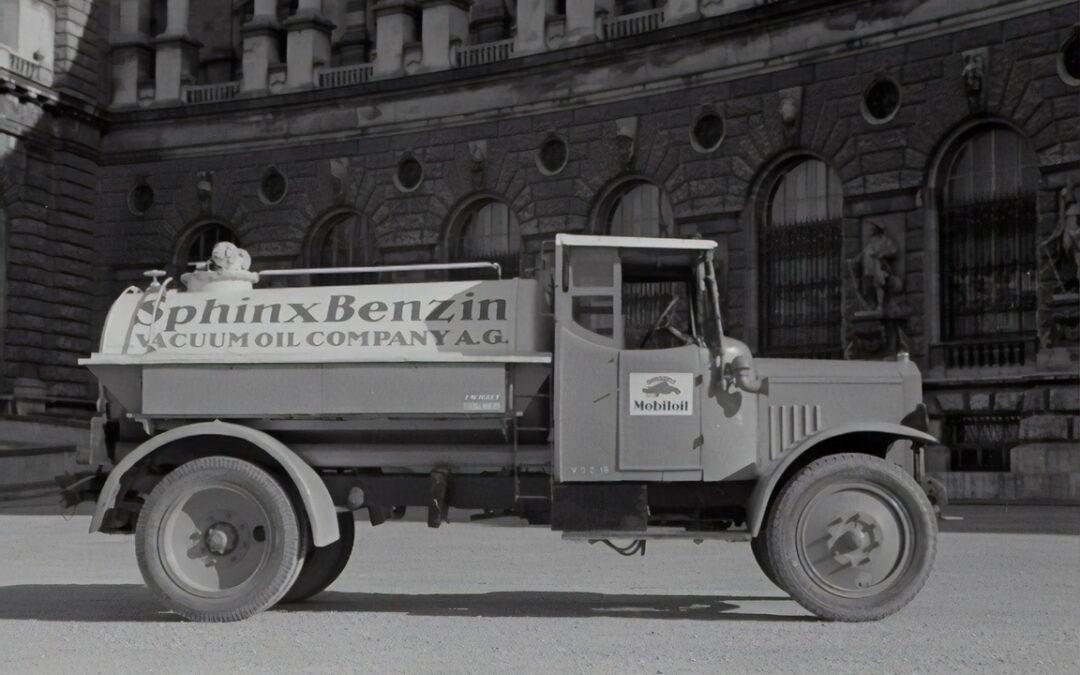There may still be an oil tank in your or your neighbor’s yard. We call these tanks “hbo tanks. HBO stands for “home heating oil. These tanks pose a major threat to soil quality on your plot and surrounding plots. Old tanks can leak and oil is a substance that can spread very easily. Oil contamination is a highly “mobile contaminant” as it is called.
Usually, oil tanks still in the ground have already been remediated. These were then cleaned in the past by a specialized company and filled with sand. It is also possible that the tank was removed in its entirety. If all goes well, a “Kiwa certificate” was then issued here after successful “remediation” of this tank. See an example of such a Kiwa Certificate here.
From January 1, 1999, if there is still an oil tank in the yard that does not have a “Kiwa certificate,” it is mandatory to remove this tank in its entirety. It is therefore mandatory that a soil investigation be conducted to determine that no contamination has occurred from the oil tank. You can find this in the law if you search for “BOOT” or “Anti-tanking.
Pollution from oil tanks
If contamination is caused by an oil tank, the owner of the parcel where the tank is located and where the contamination came from is responsible for all costs of removing the tank and all remediation costs of all contaminated soil (including those at the neighbors’ property). So buying a house with an oil tank in the yard can become a very expensive joke.
The probability of an oil tank being present
In the past, the registration of those tanks has often been done by students rather than specialists. This is a primary reason that information on oil tank presence and locations is not always accurate. Many registrations and locations of oil tanks also come from very old archives of the fire department from the time they were once built with a permit.
Removing oil tanks
There are companies that specialize in locating (including with metal detectors) and excavating tanks.
And with any luck, somewhere there is still a drawing from a fire department archive or the building archives with where that tank is. Again, which archive this can be found in varies by city.
Cause of contamination at oil tanks
The tanks are quite strong. They are made of steel, with a bitumen coating around it. However, it is true that at some point they can rust and become porous. A tank may leak, but it may also have gone wrong when filling the tank in the past. In the past, people were not always precise, and it may well have happened that a tank was full when it was filled and the filling company did not close the supply hose in time, causing a certain amount of oil to run into the ground next to the tank.
Consulting and remediation companies oil tanks
Want advice or help with issues surrounding an oil tank at a property? Please feel free to fill in this form . We have a large network of specialized environmental consulting firms that can help you with this.

